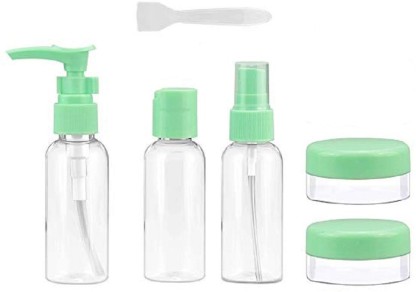

When the containers arrive, you record the receipt of the new containers to write a record to the F4111 table and to update the general ledger (GL) accounts. You enter purchase orders in the JD Edwards EnterpriseOne Procurement system to record the ordering of new containers. You purchase empty containers only in limited quantities when they are needed to replace scrapped containers or to meet increased demand. You use container management to track the container through the cycles and manage the deposits and refunds that must be generated for these exchanges. After a number of cycles, you can no longer use the container because it is damaged beyond repair, and you must scrap it. You must inspect the container after every cycle through the filling plant. Maintenance is critical for storing the product safely in the container. The customer and distributor return the empty container to you after the product that it contains is depleted.Īs the container repeats this cycle for a period of time, it eventually requires maintenance.

Returning empty makeup containers full#
You can also send the full container to a distributor who, in turn, delivers it to the customer. After you fill and test the container, you either deliver it to the customer or send it to storage for future delivery. Normally, the supplying company purchases the container and introduces it into the cycle at the filling plant. This chart illustrates the container life cycle:ĭescription of "Figure 10-1 Container life cycle" You can use container management to manage the regular exchange of containers and the payment of deposit and rental fees and refunds. You must track these fees separately from the invoicing for the product. The customer pays a deposit fee or rental fee for each container. You must always be able to track and account for these containers. You retain responsibility for them while they are in the customer's possession. These outgoing and incoming transactions, in which containers are not sold, present two main issues for the company: You maintain ownership of the containers while they are in the possession of the customer. The customers then return the containers to you, usually in exchange for full containers. You loan containers to the customers to store the product that they purchase until the product is depleted. The sale of products in containers involves a unique inventory process.

Over time, additional deposits and varying deposit prices contribute to the complexity of the transactions.ġ0.1.3 Inventory and the Container Life CycleĬompanies usually carry an extremely large inventory of containers, most of which are in constant circulation with customers. As containers move back and forth as full and then empty, the deposits are tracked and increased or decreased as necessary. The selling company provides the containers and charges a deposit for them.

When companies conduct this type of transaction with other companies, the buying company generally does not provide the initial tanks or containers. Review container balance and customer deposit information and print the necessary reports. Print invoices for deposit and rental fees and credit memos for refunds. Track customer deposit or rental charges for containers.ĭetermine when customers need to be invoiced for deposits and credited for the return of containers. Track the movement of both empty and full containers. You must carefully track container transactions because containers are valuable and the company maintains ownership of them even when they are in the possession of the customers.Ĭontainer management integrates with the JD Edwards EnterpriseOne Procurement system and the JD Edwards EnterpriseOne Sales Order Management system to:Įxtract all information concerning container transactions from the other systems and maintain this information in tables that are specific to container management.


 0 kommentar(er)
0 kommentar(er)
